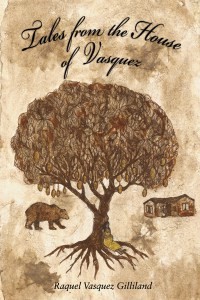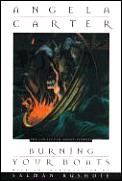The poems in this remarkable chapbook draw us into a woman’s inner life. They lure us into the realm of magical realism were spines dissolve and babies fall from trees, where bears can speak and impart magic, where your mother can reach out from the grave and comfort you.
Summoning mythology and remembered stories from childhood Gilliland tells us of her mama, her tía who left when the author was a baby, and her grandmother’s mother who married at 13 and had a dozen babies. She tells us of a river woman who is “greener than you’d think. Her skin, moss, her hair, waterweed, her eyes, stone.” We learn about the four eyes that women have been given.
It’s been a difficult week to be a woman. A post on writerunboxed.com helped me think about events of this week from the point of view of a writer. Heather Webb posted advice for “Writing the Authentic Modern Woman (especially if you’re a man)”.
She writes about the way we are conscious of our bodies, and not just the body issues that we all are aware of on some level and comparing ourselves to others. I don’t know a single woman who is not dissatisfied in some way with some aspect of her body. This area also includes the way we are simply aware of our bodies, of “hormonal surges and changes in both mood and physique due to these hormones.”
What it does not include is musing about how large and sexy our breasts are. I’ve set novels aside, thrown them across the room even, when male writers have had women do this or notice a man’s genital endowment before his general attractiveness, clothing, hair, etc.
Webb also writes about our spatial awareness: the wariness we carry no matter what environment we are in. “Women are always at risk. We are extremely aware of who and what is around us and the minute we stop paying attention could not only be dangerous, it could be LIFE-THREATENING. “
It’s different for men. So for a man trying to write about a female character, these are important insights into how to make their characters realistic. I’d love to see a similar post from a man to help us female authors make our men more realistic. Having raised two amazing sons, I think I’m on pretty solid ground, but always welcome more information.
Absorbing these poems would certainly help a male writer better understand the joys and fears and griefs that women carry, the things that their four eyes see. Women will feel at home in these poems, yet be startled and astounded by their unusual images and leaps of imagination.
While vivid details speak of a Latinx culture, the tales are universal. The power and strength of the women in the midst of their fear and grief is a comfort and a hope for us all. These are poems to read again and again.
What poetry have you read recently that has astounded you?

